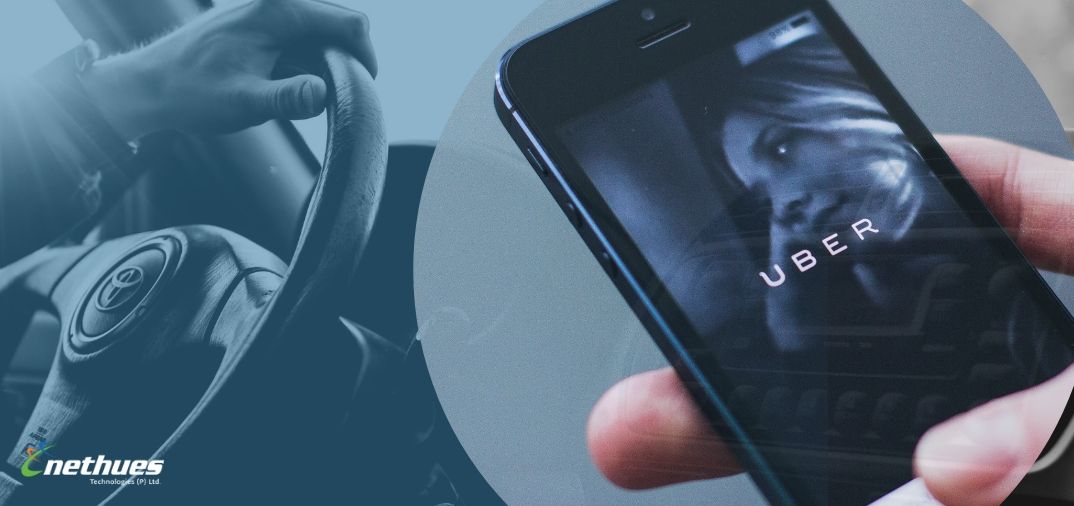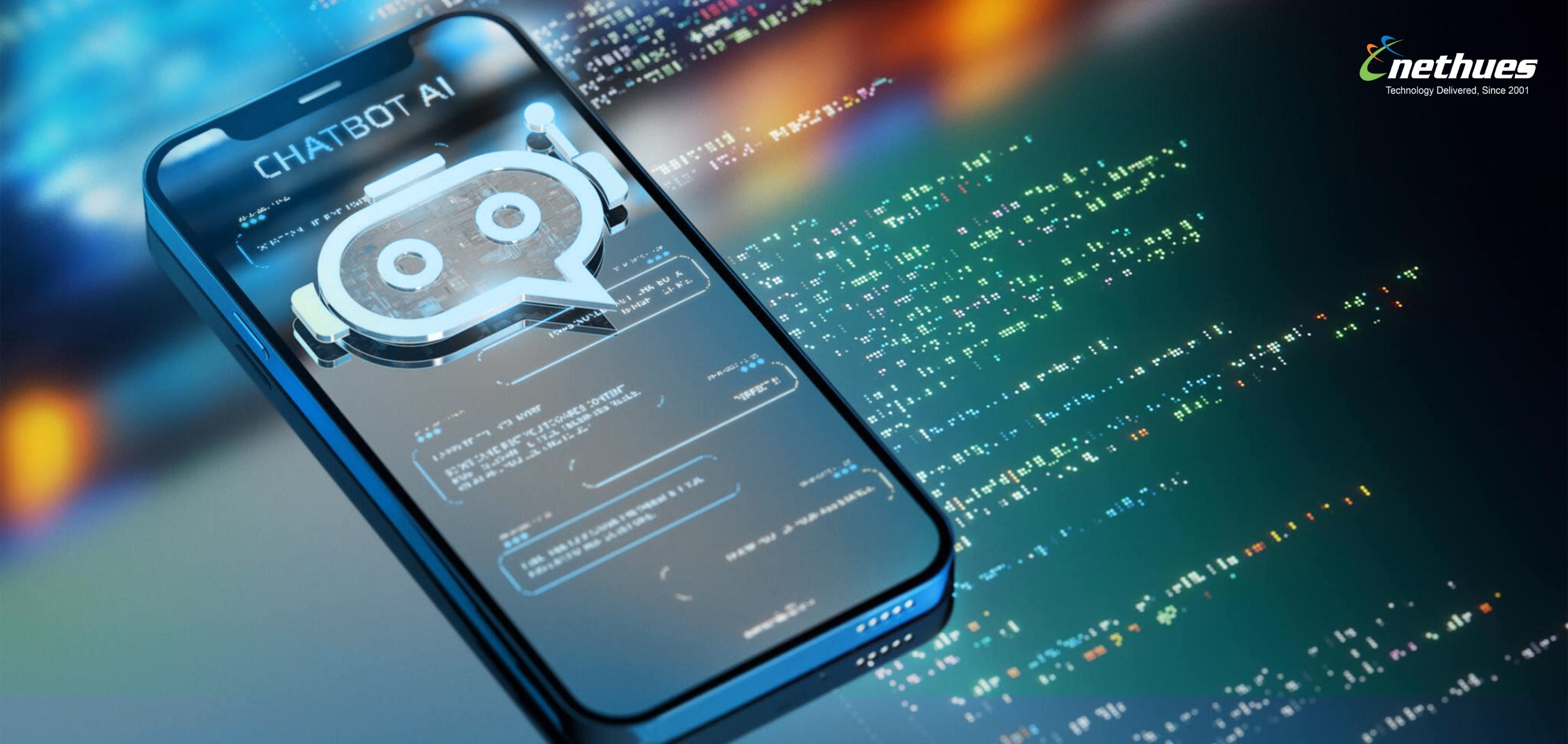Who hasn’t heard of Uber?
From a kid to an adult, everyone has heard about this popular cab service and most of them use it on a daily basis.
The company has become a real success with more than $10 billion revenue and rated as the second most disruptive innovation company worldwide.
Unsurprisingly, the company is the best taxi app on a global scale and is present in 600 cities across 65 countries. Even with high competition from similar taxi booking apps, the company is still the dominant player within the ride sharing market.
But is it possible to improve the quality of an existing service and offer it on demand? If yes, you might be the next Uber.
However, to develop an app like Uber and get it to the App Store or Play Store isn’t easy. It requires unprecedented efforts, great expertise, successful brand name and of course seamless user experience.
The article highlights Uber’s growth and the technology that powers its mobile app. After all, to be successful, one needs to learn every day – especially from market leaders.
First things first,
How Uber launched the Go-to-Market Strategy
Officially launched in 2010, Uber had around 6,000 users with 20,000 rides within six months.
To kickstart Uber, it’s co-founders needed to attract both drivers and riders simultaneously. In other words, they needed to tackle the chicken-or-egg problem.
They started with a community that loved new tools the most. How? By hosting and sponsoring tech events and giving participants free rides to these events.
Today, to attract new riders, Uber hands out discounts for the first ride. With an initial discount, new riders are more likely to become long-term customers.
Well, Uber had a brilliant go-to-market strategy. But sadly you can’t repeat them. If you were to develop an app like Uber, you need to craft a unique story, but with a similar approach.
How Uber Works: The Features and Specification
Even though I’m pretty sure you know the working process of Uber, but I’d like to briefly review the same (soon you will get to the reason behind).
The process is pretty simple:

This is the basic cab booking process that Uber offers to its customers worldwide.
But the question here is: what technologies does Uber rely on?
I think you must have got the reason!
GEOLOCATION
From day one, Uber’s co-founders called it a location-based startup. To create Uber, they needed to understand the specifics of iOS and Android geolocation features.
You’re a bit luckier than they were back in 2010. Technology has progressed, and it has become way easier to get information about the specifics of location features. Have a look at some:
- Identifying a Device’s Location
The Uber app for iOS uses the CoreLocation framework to locate a user’s device. This framework provides classes and protocols to configure and schedule location delivery and send location events to the server. Further, it lets Uber define geographic regions and monitor a device’s movements as it crosses defined boundaries.On the other hand, geolocation for the Android version is implemented using Google’s Location APIs. They can intelligently manage underlying location technology while meeting various development needs when implementing location-based features.
- Providing Driving Directions
To display exact directions on the map within the app, developers of the Uber iOS app used MapKit. Once the app is registered as a routing app, directions are made available to the Maps app and all other mapping software on a user’s device.
Android routes and directions are made possible by the Google Maps Android API.
PUSH NOTIFICATIONS AND SMS
As soon as you book a ride, you receive a chain of notifications regarding the cab details, arrival time or cancellation. Moreover, you can receive these messages either in form of SMS or push notifications – as per your convenience.
The text messages are powered by the Twilio telecommunications provider whereas to implement push notifications
in the iOS app, Apple Push Notifications Service is used and
for Android, Google Cloud Messaging (GCM).
PAYMENT INTEGRATION
The best part about Uber’s payment system is allowing a cashless system. Users have the option to pay via debit/credit card, Paytm or use a promo code. This removes any human-to-human cash transfers from the equation, including tips.
However, when accepting card payments, companies must comply with certain requirements. For instance, in the US, these are known as PCI DSS requirements i.e. The Payment Card Industry Data Security Standards.
Well, Uber chose to partner with Braintree, one of the leaders in the mobile payment market, to accept card payments. Further, it also uses PayPal’s Card.io service for credit card scanning on iOS. Customers can pay for the service directly from their PayPal accounts (though this is not available globally in all of Uber’s markets). You can also split your fare with your friends directly in the app.
How Much Money Does Uber Make?
Some of you might consider this question irrelevant. But the post talks about making an app like Uber, so I think you should know how much money does this business earns.
You’ve probably heard that Uber has had some troubles becoming profitable in the U.S. Only this year did the company start to turn a profit. Uber takes a 25 percent commission per ride, but what it earns in profits is $ 0.19 per ride on average. The rest goes to interest, taxes and equity-based compensation for employees.
Further, anti-fraud efforts, credit card processing, customer support, marketing and software development also grab a portion of the earnings.
How Much Does It Cost to Build a Similar App?
This is an obvious question. You can’t get into a project without estimating the development costs and ultimate profits.
When you develop an app like Uber, you actually develop two apps: one for riders and the other for drivers. Both of these require you to pay for:
- Design
- iOS and Android Native App Development
- Backend Development
- Web Development
- Project Management
- Quality Assurance
According to our estimates, the time it takes to build both of these apps is somewhere near 4500 hours. The cost? Well, this depends on the specifications you’d want and the engagement model you choose. On an average, our hourly rates might vary from $20/hour to $160 per hour.
Are you looking for a similar app?
Get in touch with our expert app developers and turn your idea into reality.






